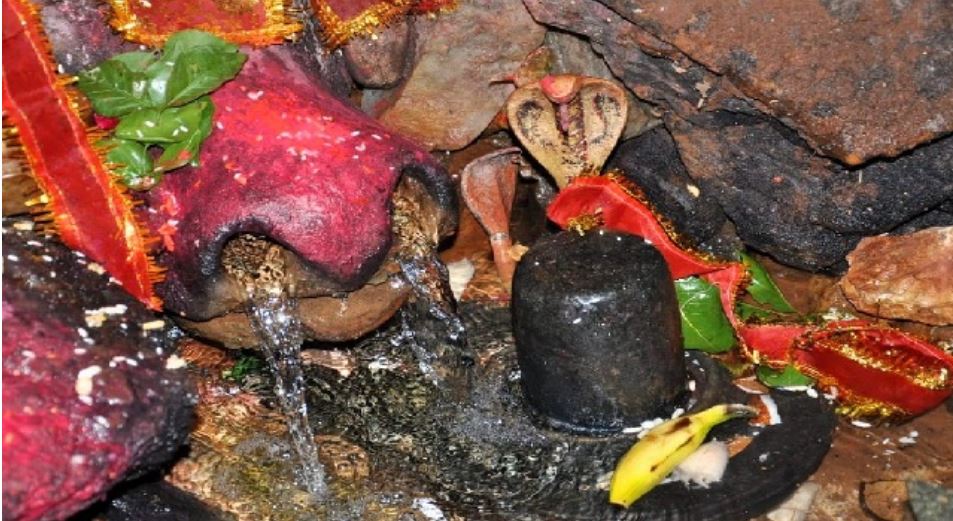The holy Baitarani river of Odisha has an interesting legend behind its origin. It has originated from the Gonasika hill and drained into the Bay of Bengal.
The Baitarani originates from the Gonasika/Guptaganga (Cow Nose Shaped) hills, and starts flowing over a stone looking like the nostril of a cow. Afterwards for about half a kilometre the river flows underground and is not visible from outside. The Baitarani is known here by the name Guptaganga or the Gupta Baitarani, in Gonasika of Keonjhar district in Odisha.
River Baitarani is also termed as the Ganga of Odisha. The river has not only fulfilled the need of the people but it has contributed more than that. Here is the interesting tale about the origin of the River and why it has originated from Gonasika.
The mythologically important Gonasika hill is situated at a distance of 30 km form Keonjhar town. Since water gets out of a structure that looks like the nose of a cow, the hill has been named accordingly. This hill is the place of origin of the Baitarani River. Hundreds of devotees visit this place everyday to witness the Baitarani River as well as the Lord Mahadev temple.
There is a Bramheswar temple in the Gonasika parbat. It is located amid greenery in a serene atmosphere. It is situated on the bank of River Baitarani. As per the priest of the temple, the temple was founded by Lord Bramha himself. Here is the legend.
Long long ago once Lord Bramha was performing Dasaswamedha yagnya in the Biraja Kshetra when water of holy Ganga River was required. Accordingly the Lord called for mother Ganga but as she was then going through her menstrual period, she asked Lord Bramha to call her sister Baitarani from Gonasika. Accordingly, Bramha called for Baitarani.
Getting imitated by the Lord the holy Baitarani set out from the then hill now Gonasika hill in keonjhar district. Yet, then the tribal people of the area were observing a festival at the foothill amid feast, dance and music. As the River water flowed through their festival place they put a cow-head to check flow of the River.
On the other hand, as the River did not arrive, Lord Bramha again called for her when Baitarani answered that since she has become impure, she is not coming. Hence, Lord Bramha prayed Lord Shiva and purified her with the blessings of Lord Shiva. He also established a Lord Shiva temple there.
As per another legend, earlier water was flowing from one nostril of the Gonasika hill while sands were coming out of the other nostril. It is also said that River Baitarani, after originating from Gonasika secretly flowed for 3 km till the Lord Shiva temple. And hence it is also said Gupta Ganga.
Dedicated to Lord Bramheswar Mahadev, the temple had been constructed by King Laxminarayan Bhanja in between 1654 to 1658 AD. Even 108 numbers of Shivalingas have been established in the river bank of Baitarani to purify her which can be witnessed even today. It is also said that Baitarani River took birth for Goddess Biraja, the prime deity of Jajpur. And hence, Baitarani is holy which has mythological importance.




 Ms Kalinga
Ms Kalinga